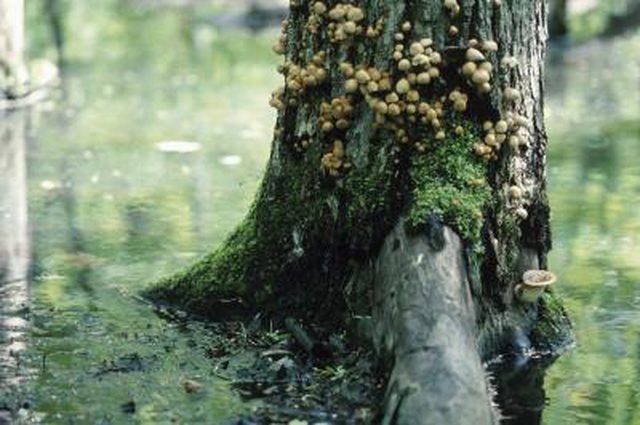Bulbs
Flower Basics
Flower Beds & Specialty Gardens
Flower Garden
Garden Furniture
Garden Gnomes
Garden Seeds
Garden Sheds
Garden Statues
Garden Tools & Supplies
Gardening Basics
Green & Organic
Groundcovers & Vines
Growing Annuals
Growing Basil
Growing Beans
Growing Berries
Growing Blueberries
Growing Cactus
Growing Corn
Growing Cotton
Growing Edibles
Growing Flowers
Growing Garlic
Growing Grapes
Growing Grass
Growing Herbs
Growing Jasmine
Growing Mint
Growing Mushrooms
Orchids
Growing Peanuts
Growing Perennials
Growing Plants
Growing Rosemary
Growing Roses
Growing Strawberries
Growing Sunflowers
Growing Thyme
Growing Tomatoes
Growing Tulips
Growing Vegetables
Herb Basics
Herb Garden
Indoor Growing
Landscaping Basics
Landscaping Patios
Landscaping Plants
Landscaping Shrubs
Landscaping Trees
Landscaping Walks & Pathways
Lawn Basics
Lawn Maintenance
Lawn Mowers
Lawn Ornaments
Lawn Planting
Lawn Tools
Outdoor Growing
Overall Landscape Planning
Pests, Weeds & Problems
Plant Basics
Rock Garden
Rose Garden
Shrubs
Soil
Specialty Gardens
Trees
Vegetable Garden
Yard Maintenance
How to Get Rid of Tree Fungus
How to Get Rid of Tree Fungus. Certain fungi can ravage your trees, eating away at the wood, rotting the roots and defoliating the canopy. To treat your tree for a fungal disease, you must first diagnose what exactly is infecting the tree. Tree fungal diseases include root and butt rot, cankers, vascular or verticillium wilt, leafspots, sooty mold...

Certain fungi can ravage your trees, eating away at the wood, rotting the roots and defoliating the canopy. To treat your tree for a fungal disease, you must first diagnose what exactly is infecting the tree. Tree fungal diseases include root and butt rot, cankers, vascular or verticillium wilt, leafspots, sooty mold and powdery mildew. Depending on the specific fungus that’s infecting your tree, your treatment options may include application of a fungicide, selective pruning of the tree or a combination of both.
Things You'll Need
Fungicides
Pruning tools
Phosphonate spray
Insecticide
Denatured alcohol
Protective gloves
Respiratory face mask
Diagnose the Fungal Disease
Look for a white, powdery substance covering the leaf surfaces to diagnose powdery mildew. Powdery mildew is a fungal disease affecting nearly all trees that can survive through the winter.
Diagnose verticillium or vascular wilt by inspecting the tree for lighter coloring in the leaves and defoliation of the tree either on one side of the tree or all over. If you peel back the bark on the tree, you’ll see discolored streaks on the wood.
Identify root and butt rot diseases by looking for an overall loss of vigor and decay of the tree trunk. If you expose part of the tree’s roots, you’ll see that the roots are decayed.
Look for a black substance covering the surfaces of the tree’s leaves to diagnose sooty mold. Instead of living off of the tree, this fungus actually grows on honeydew excreted by certain insects like aphids, so look for an insect infestation in the tree as well.
Diagnose a canker disease by looking for callused tissues developing on the outside of the tree’s trunk or branches. Cankers usually emerge on wounded areas of the tree and can appear as discolored swellings or sunken depressions that sometimes ooze a sap-like liquid.
Identify foliar diseases or "leafspots" by studying the tree’s leaves to detect spots or blotches and defoliation of the leaves or needles. Leafspot fungi thrive on trees that are in the shade or crowded together and multiply noticeably in late summer.
Treat the Tree Fungal Disease
Treat powdery mildew by spraying the tree with a sulfur-based fungicide in early autumn or spring at a rate of 1 to 2 tbsp. per 1 gallon of water. Follow the directions on the fungicide’s label.
Prune away the infected tree branches to treat verticillium or vascular wilt. This is a soil-borne fungus that is nearly impossible to get rid of, but you can help your tree to recover with proper pruning, good fertilization and appropriate watering.
Treat Phytophthora root and butt rot by applying a fungicide to the soil around the tree and spraying the tree with a phosphonate spray in the spring or autumn. Most other kinds of root and butt rot are incurable, requiring removal of the infected trees and replanting with resistant tree species.
Get rid of the honeydew-secreting insects to kill sooty mold. Spray the leaves with water to remove the honeydew and the insects. Treat more severe infestations or larger trees with the appropriate insecticide, following the application and dosage instructions on the label.
Cut away the dead, dying and cankered branches during the winter or in early spring to treat canker diseases. Cut out the canker growths from larger branches or the trunk until only healthy wood remains, leaving clean edges. Treat the tree with the appropriate fungicide, applying the chemical according to the label.
Treat foliar diseases or "leafspots" by thinning out the branches in the fall and fertilizing with a complete tree fertilizer in the spring. Discard or burn all fallen leaves and pruned branches to prevent the spread of the fungal disease. Consult with your local agricultural extension service if you have a widespread or severe fungal infection in your trees.
Tips & Warnings
Always disinfect your pruning tools before and after using them on each tree to prevent spreading diseases. Disinfect the tools with a solution of one part water and three parts denatured alcohol.
Wear protective gloves and a respiratory face mask when handling and spraying chemicals like insecticides and fungicides. Always follow the instructions on the label exactly.
Avoid using a sulfur-based fungicide on walnut trees or young trees, because the sulfur can injure these trees.